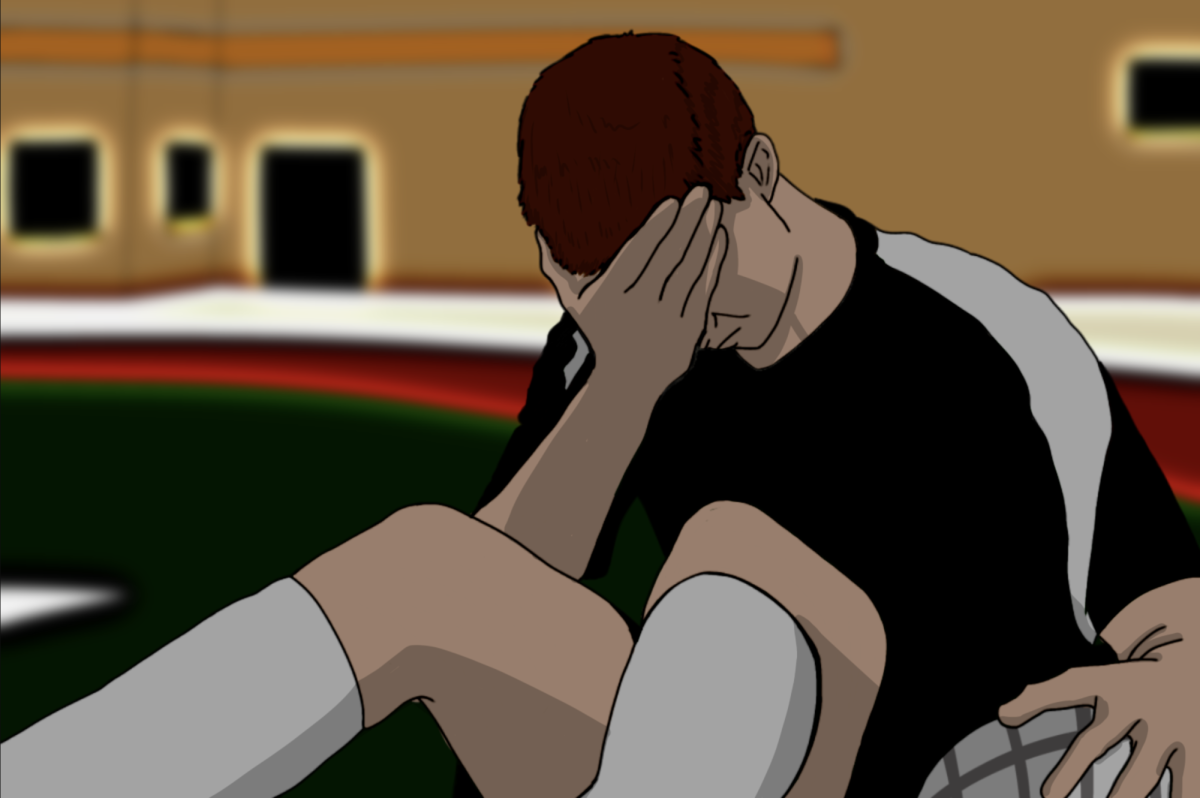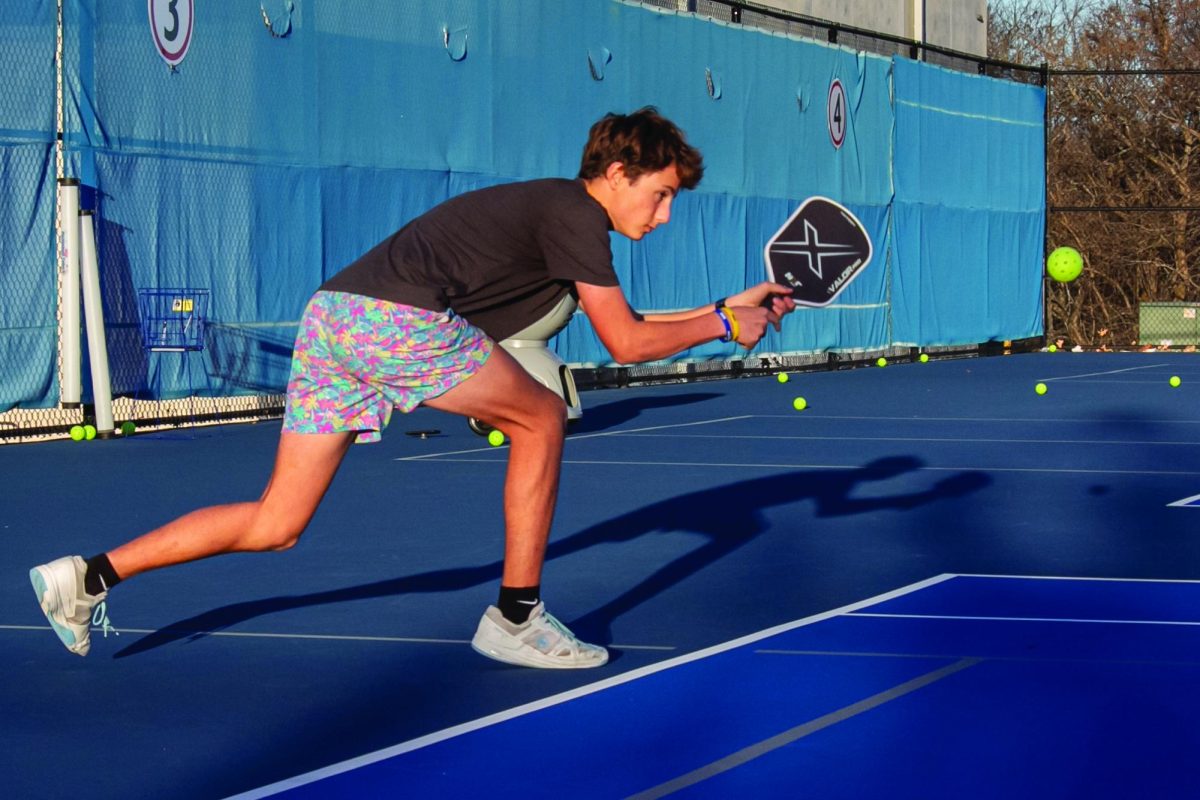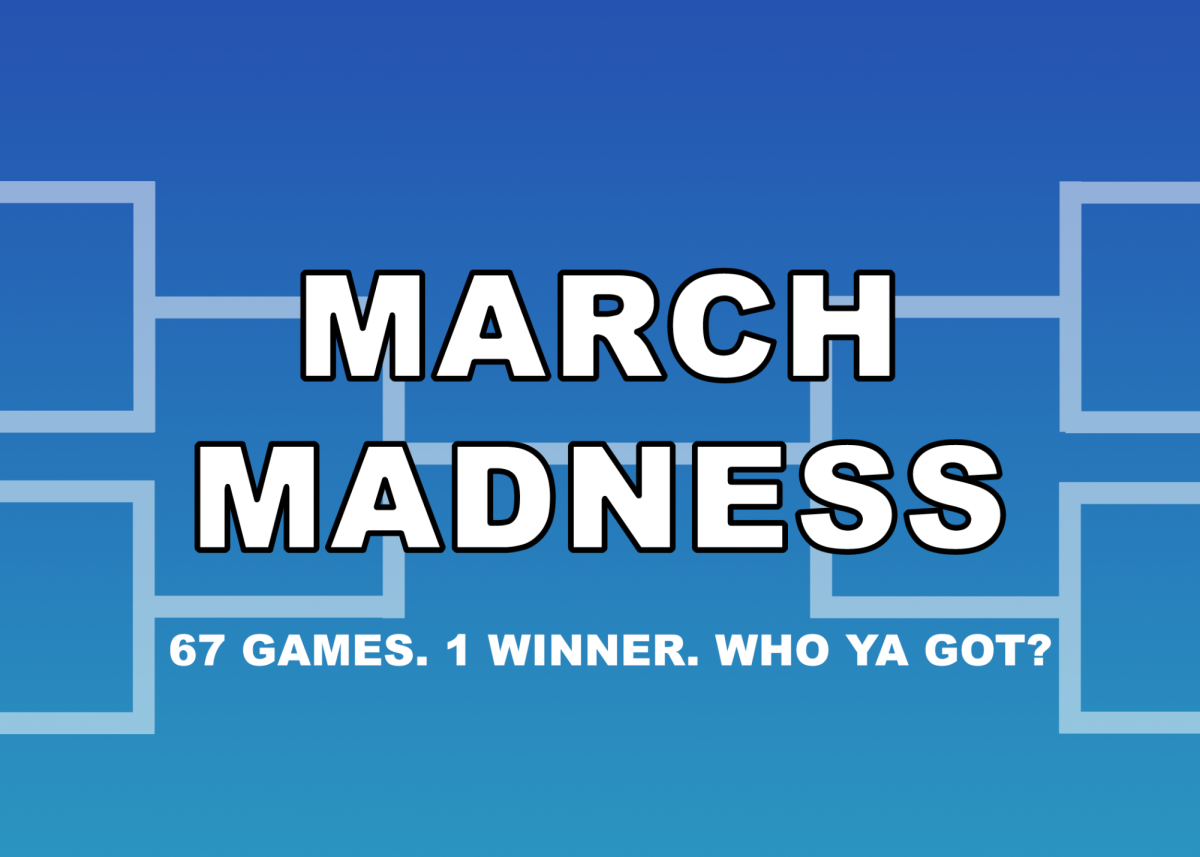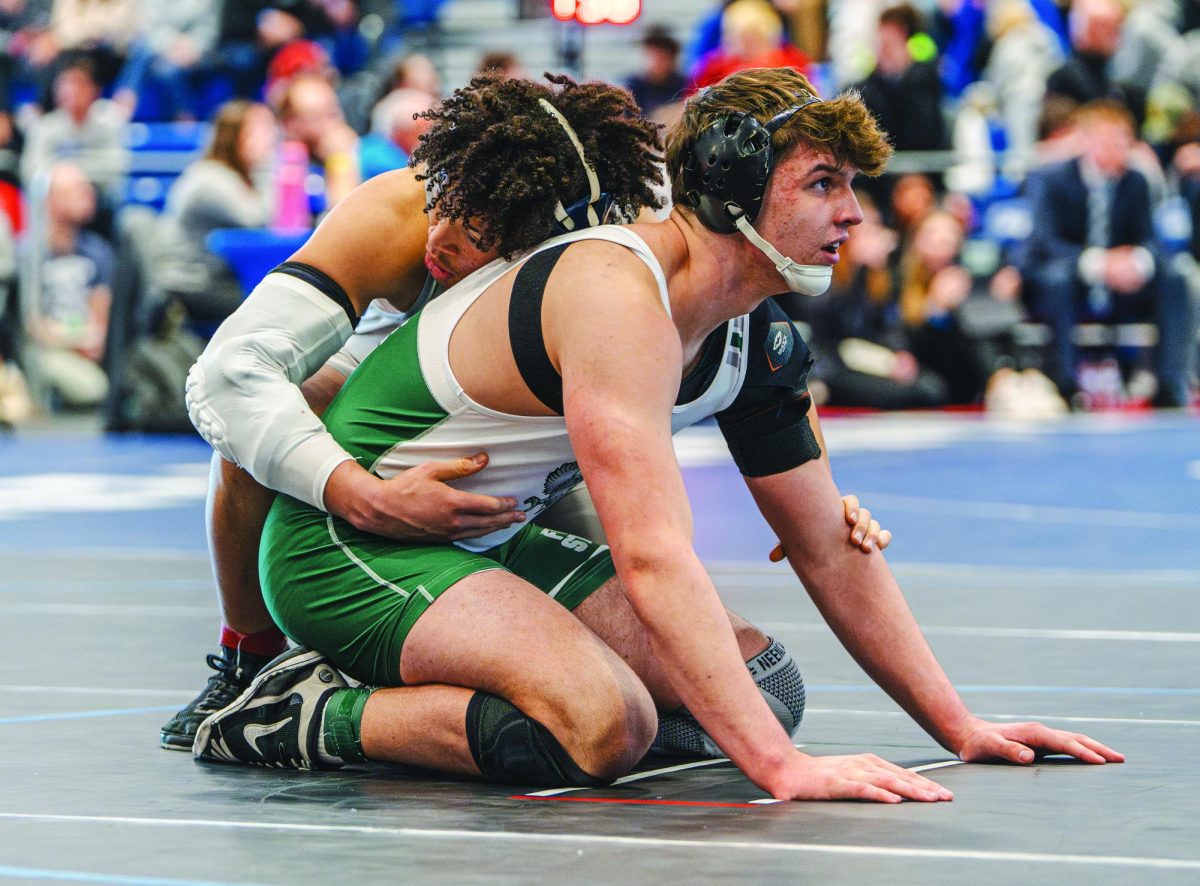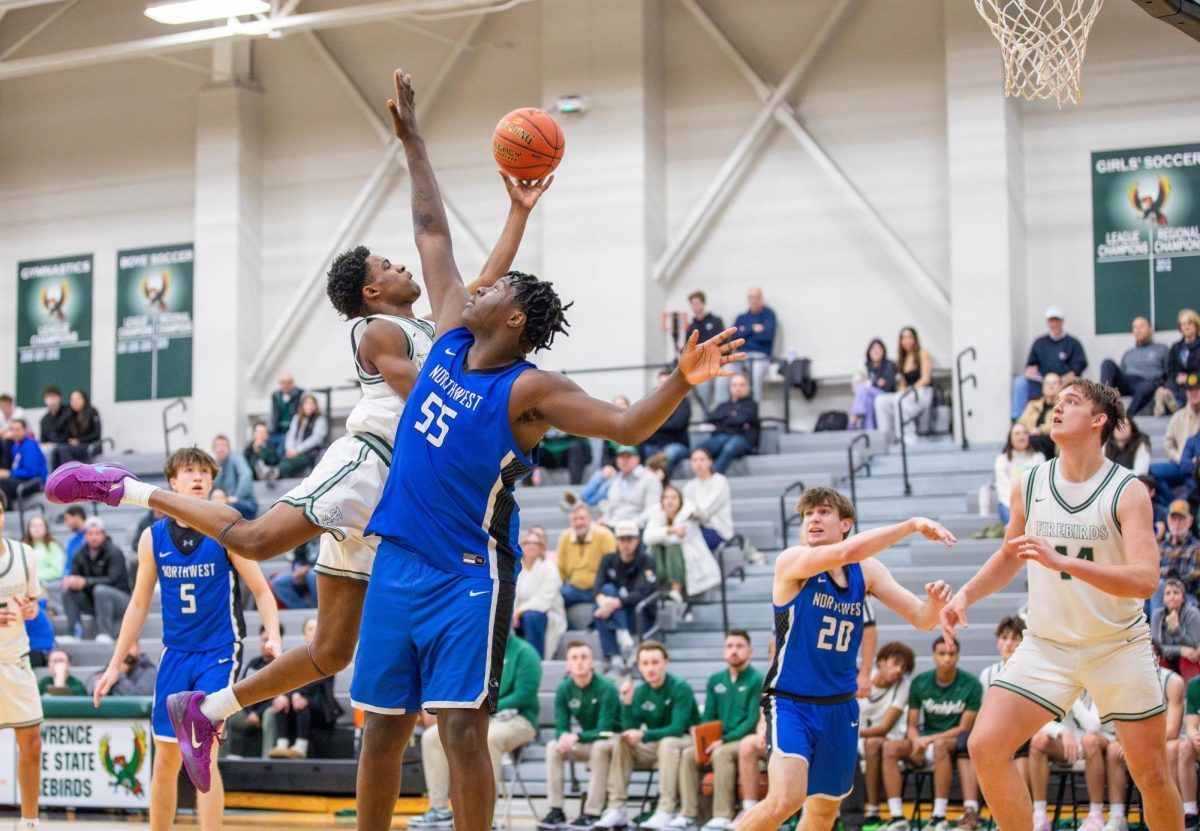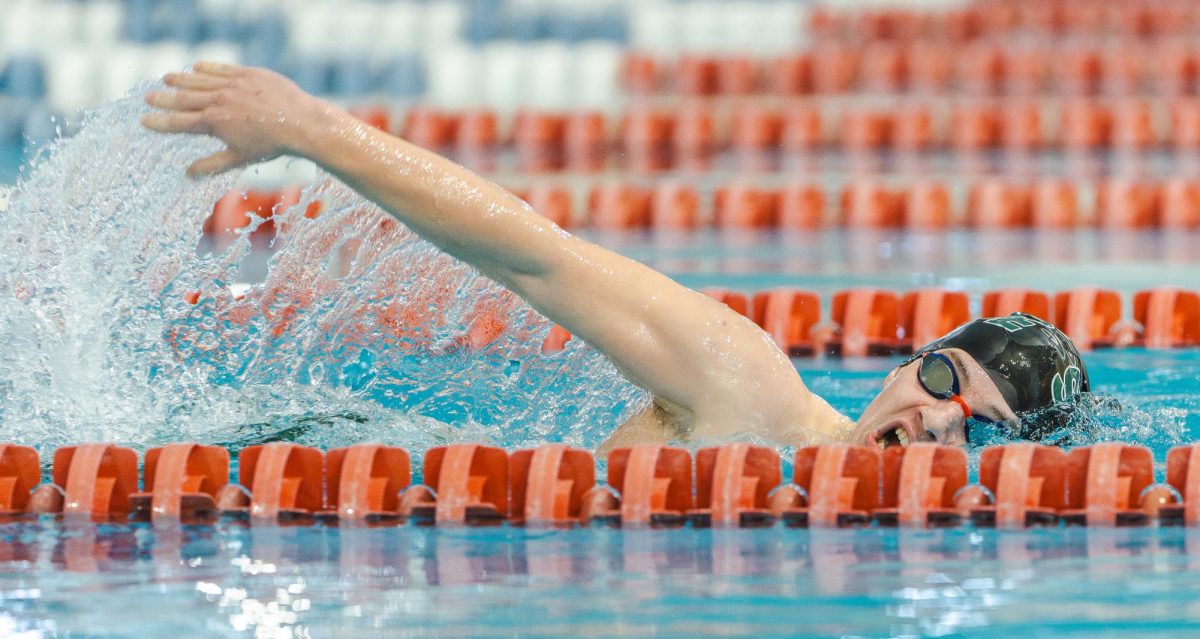A New York University review found that 45% of youth athletes quit due to psychological burnout. In addition, a study conducted by the National Athletic Trainers’ Association reported that when compared with their non-athlete peers, many student athletes report higher levels of emotional stress. The NATA also defines athlete burnout is a syndrome of continual training and sport attention stress, resulting in staleness, overtraining and, eventually, burnout.
Athletic director Jered Shaw said that the most common contributor to burnout is training and competing too much. Shaw described psychological burnout as losing interest in a sport or athletic endeavor that one previously enjoyed. For senior Dawson Bonnell, burnout is more about being burdened with things he has to do.
“There’s not enough time [in a day] to do what you want to do or expect yourself to do,” Bonnell said. “That leads to not being able to do anything to the level that you want to, and then that just spirals until nothing works out.”
Bonnell said that for him, physical ailments have led to feelings of psychological burnout. He noted that his junior year was filled with difficulties from mono and how his limited performance led to him feeling burnt out and tired.
“I had a lot of stress on why I wasn’t performing in both the classroom and the pool,” Bonnell said. “By the end of the semester, I got so behind from just not knowing where I was physically, to the point where I couldn’t do anything. I couldn’t come back from it mentally.”
Similarly, physical limitations have been found to have a big impact on athletes feeling burnt out. In a study led by Norwegian Scientist Nils Fredrik Holm Moseid in 2023, results suggested that increased health problems were directly related to greater feelings of burnout in athletes.
Shaw said that one of the main contributors of psychological burnout in athletes is the drastically increased amount of training time. He said that the increase in club sports, specifically volleyball and basketball, are one of the biggest contributors to high school students feeling burnout. Shaw said that for him personally, he played too much of a sport at a young age to continue to find it enjoyable after the conclusion of highschool sports.
“I played AAU basketball for most of my life; by the time I was done with high school, I was done [with basketball],” Shaw said. ”I could have gone on and played [in college], but I just didn’t have any interest in continuing to do that.”
Furthermore, in a study conducted by a Polish psychology professor, Dominika Wilczyńska, in 2022, they researched burnout in young athletes. The study found that while sports can greatly improve wellbeing for children, they also have the potential to impose dangerous consequences if not handled properly. When children are exposed to intense, specific, yearlong training, they have a higher likelihood of experiencing psychological burnout.
While children may be particularly susceptible to burnout, different levels of sport can pose different risks of burnout. In high school, Bonnell said that the risk of burning out is far higher than in college. He said that high school students have a far greater demand on their time and fewer resources available to help combat burnout.
“[In]college, there’s a lot more expectation on exactly what you’re supposed to do, but your schedule is a lot more refined —you’re only taking five classes,” Bonnell said. “In high school, you’re in school for six hours a day plus two hours of practice, and then you only have about two hours to manage all the things you need to do to both recover from practice and get anything done you need to do for school.”
Shaw said that while high school athletes can face struggles with burnout, the pressure of college is far greater and can more easily lead to burnout. He mentioned his experience with an athlete who now attends The University of Nebraska, and how there is so much pressure on the athlete to constantly perform at his best. The athlete is under constant pressure to compete well to keep his scholarship, and to do well for his team.
“The biggest difference between high school athletics and college athletics is the gravity of what they’re doing. If you go play a division one sport, that’s your life, and the pressure is very, very, very high,” Shaw said. “If they didn’t have sports psychologists and the emphasis on mental health at the division one level, we would have a hard time having athletes at that level who were reaching their potential.”
Additionally, Matthew Norton, former assistant Free State cross country coach and current head cross country coach at Classical Academy in Colorado, said that he thinks high school burnout is a byproduct of comparing oneself to other athletes too much. He also said that burnout in college sports is often due to an athlete poorly balancing their life.
“High school and college burnout has to do with losing sight of the place athletics has in one’s life. High school burnout could have more to do with either comparing oneself to other athletes or focusing too hard on a single sport too soon; I’d say college burnout might have more to do with poor balance in one’s life,” Norton said.
Improving the mental health in Free State athletes is one of Shaw’s main goals. He said that while Free State does have limited funding to spend on things like the psychological health of student athletes, he still thinks there is room for the athletic department to grow.
Shaw said that as an athletic department, they have a lot of talks about the psychological health of student athletes and would like to extend those talks into the student body. He is hopeful that the athletic department can get these conversations started by late spring and is optimistic about the impact they will have on Free State athletes.



